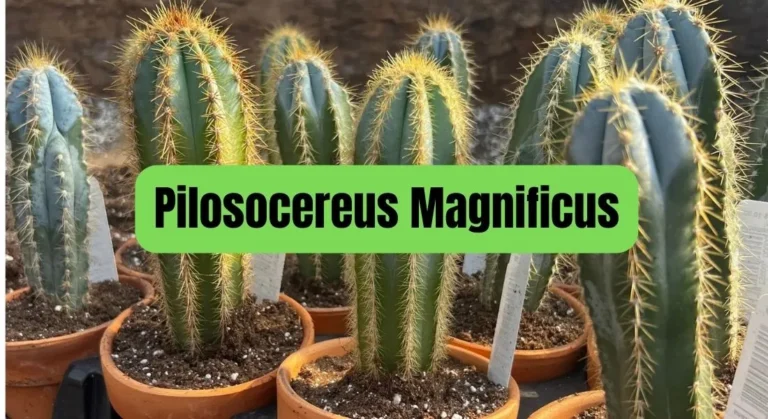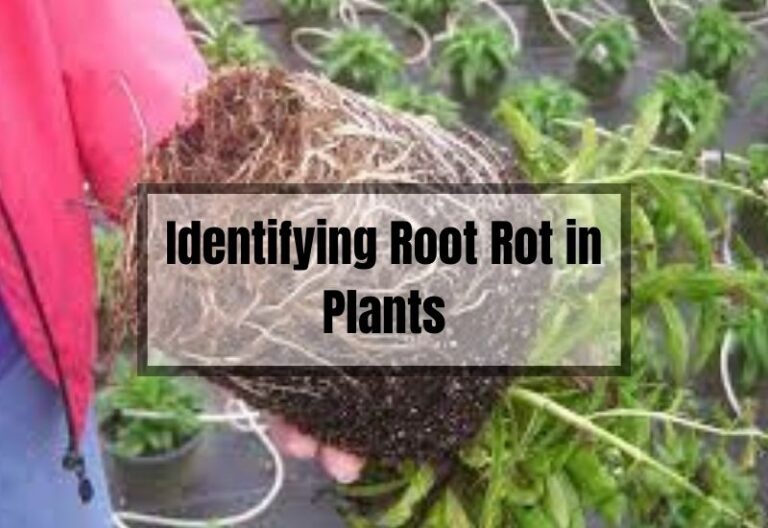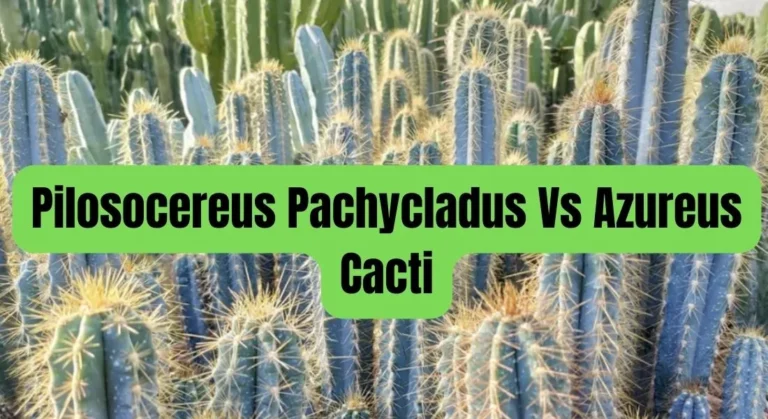Are Rhododendrons Poisonous? Exploring the Potential Toxicity of These Popular Garden Plants
From Louise: Passionate about gardening, I specialize in plant care and flower knowledge. I’m here to share my expertise and assist with your gardening queries. Feel free to ask any questions or seek advice on lawn care—I’ll respond within 24 hours!
If you are a plant enthusiast or have rhododendrons in your garden, you may be wondering whether these stunning shrubs are safe for you, your pets, and livestock. Despite their beauty, rhododendrons contain toxic substances that can be harmful to humans and animals.
In this article, we will explore the dangers of rhododendron poisoning and provide essential tips to keep you and your furry friends safe. Let’s dive in and learn more about the potential hazards of these popular evergreen shrubs.
Key Takeaways
- Rhododendrons contain toxic substances that can be harmful to humans and animals.
- It is important to be aware of the potential dangers of rhododendron poisoning if you have these plants in your garden.
- By following safe handling and planting practices and educating yourself and others, you can reduce the risk of rhododendron poisoning.
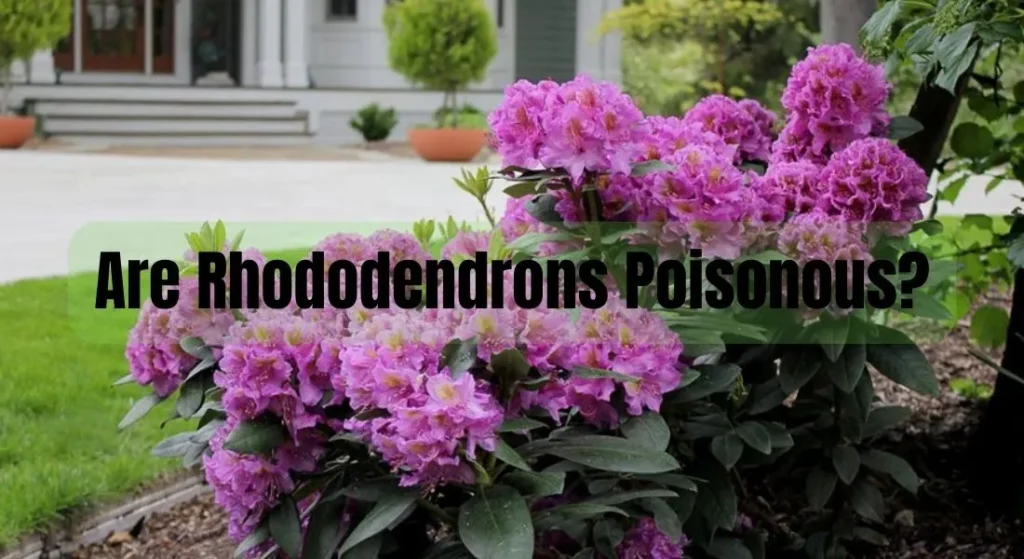
Are Rhododendrons Poisonous
If you’re a gardener, you might have come across rhododendrons, which are popular for their beauty. However, it’s important to know that rhododendrons are poisonous to humans and animals because they contain grayanotoxins.
These toxins are present in all parts of the plant, including the leaves, flowers, and nectar, and ingesting any part of the plant can lead to severe poisoning, and in some cases, it can be fatal. It’s worth noting that the toxicity levels can vary depending on the species and time of year. In general, younger plants are more toxic than older ones.
Symptoms of rhododendron poisoning include nausea, vomiting, dizziness, weakness, irregular heartbeat, seizures, and coma. If you suspect that you or someone else has ingested rhododendron, seek medical attention immediately.
To avoid poisoning, it’s best to keep your distance from rhododendrons, especially if you have pets or children. If you have rhododendrons in your garden, make sure to wear gloves when handling them and dispose of any plant debris safely.
Are Rhododendrons Poisonous to Dogs
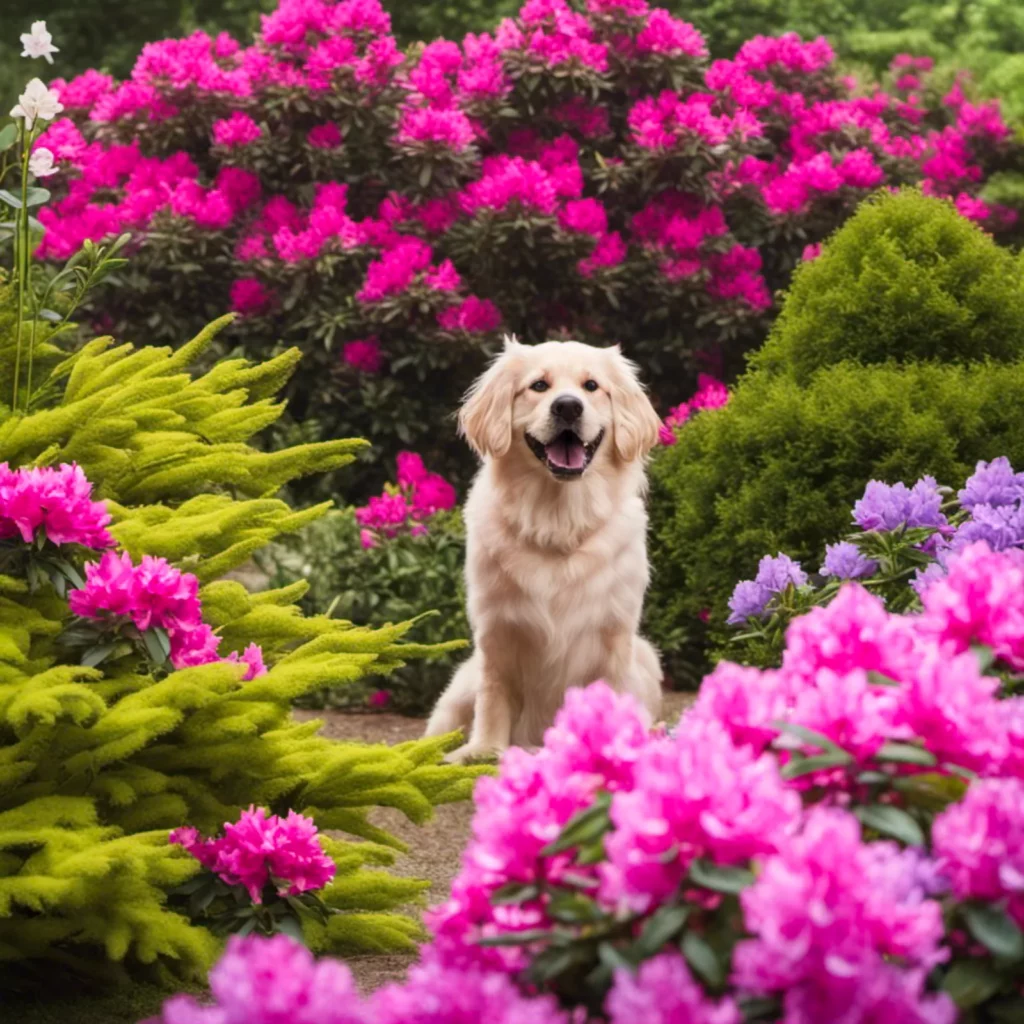
Rhododendrons are beautiful flowering plants commonly found in gardens and parks. However, they can be extremely dangerous to dogs if ingested.
As a responsible pet owner, it’s important to know the symptoms of rhododendron poisoning in dogs and how to treat it.
Symptoms
If your dog has ingested rhododendrons, they may show the following symptoms:
- Hypersalivation
- Vomiting
- Diarrhea
- Lack of appetite
- Dizziness
- Weakness
- Paralysis
- Abnormal heart rhythms
Large doses of rhododendrons can be fatal to dogs. If you notice any of these symptoms in your dog, it’s crucial to seek veterinary care immediately.
Treatment
If your dog has ingested rhododendrons, the treatment will depend on the severity of the symptoms. Your veterinarian may recommend the following:
- Inducing vomiting to remove the plant from your dog’s stomach
- Administering activated charcoal to help absorb any remaining toxins
- Providing intravenous fluids to prevent dehydration
- Monitoring your dog’s heart rhythm and treating any abnormalities
- Providing supportive care such as anti-nausea medication and pain relief
In severe cases, hospitalization may be necessary. It’s important to seek veterinary care as soon as possible to give your dog the best chance of recovery.
As a pet owner, it’s important to ensure that your garden and surroundings are safe for your furry friend. If you have rhododendrons in your garden, make sure they are out of reach of your dog. Be vigilant when walking your dog in public areas, as rhododendrons may be present in parks and gardens.
Are Rhododendrons Poisonous to Cats

If you’re a cat owner, you know how curious cats can be. They love to explore their surroundings, and unfortunately, this can sometimes lead to them ingesting plants that are toxic to them.
One such plant is the rhododendron. As a responsible pet owner, it’s important to be aware of the potential dangers of this plant and what you can do to keep your cat safe.
Symptoms
Rhododendrons contain a toxic resin called grayanotoxin, which can cause serious harm to cats. If your cat ingests any part of a rhododendron plant, they may experience a range of symptoms, including:
- Vomiting
- Diarrhea
- Hypersalivation
- Weakness
- Coma
- Hypotension
- CNS depression
- Cardiovascular collapse
- Death
If you notice any of these symptoms in your cat, it’s important to seek veterinary attention immediately.
Treatment
If your cat has ingested a rhododendron plant, it’s important to act quickly. The first step is to remove any remaining plant material from your cat’s mouth and throat. You should then contact your veterinarian or an animal poison control center for further advice.
Treatment for rhododendron poisoning may include inducing vomiting, administering activated charcoal to absorb the toxins, and providing supportive care such as IV fluids and medications to manage symptoms. In severe cases, hospitalization may be necessary.
Rhododendrons and Livestock
If you’re a farmer or own a farm, then you know that livestock is an essential part of your daily life. It’s important to ensure that your animals are safe and healthy at all times.
One thing that you should be aware of is the toxicity of rhododendrons. Rhododendrons are a beautiful plant that can add color and life to your garden, but they can be deadly to livestock if ingested.
Symptoms
If your livestock eats rhododendrons, then they may experience a range of symptoms. These symptoms can vary depending on the type of animal and the amount of the plant that they have ingested. Here are some of the most common symptoms that you should look out for:
- Nausea and vomiting
- Diarrhea
- Abdominal pain
- Difficulty breathing
- Weakness and lethargy
- Seizures
- Coma
If you notice any of these symptoms in your livestock, then it’s important to seek veterinary help immediately.
Treatment
If your livestock has ingested rhododendrons, then there are a few things that you can do to help them. Here are some of the treatments that your vet may recommend:
- Inducing vomiting to remove the plant from the animal’s system
- Administering activated charcoal to absorb any remaining toxins
- Providing supportive care, such as IV fluids and oxygen therapy
- Administering medications to treat specific symptoms, such as anti-seizure medication
It’s important to note that the treatment for rhododendron poisoning can be expensive and time-consuming. Prevention is always the best course of action.
Are Rhododendrons Poisonous to Touch?
Rhododendrons are a popular shrub in many gardens due to their beautiful flowers and evergreen foliage. However, many people are not aware that rhododendrons are poisonous to touch. In this section, we will discuss the toxicity of rhododendrons and how to handle them safely.
Firstly, it is important to note that all parts of the rhododendron plant contain toxic diterpenes, including the flowers, leaves, stems, and roots. These toxins can cause skin irritation, and in some cases, more severe symptoms such as nausea, vomiting, and difficulty breathing.
If you come into contact with a rhododendron plant, it is important to wash the affected area with soap and water immediately. If you experience any symptoms, seek medical attention right away.
Here are some tips to handle rhododendrons safely:
- Always wear gloves when handling rhododendrons to avoid skin contact with the plant.
- Avoid burning rhododendron wood or leaves, as the smoke can also be toxic.
- Keep children and pets away from rhododendrons to prevent accidental ingestion or contact with the plant.
It is also important to note that some people may be more sensitive to the toxins in rhododendrons than others. If you have a history of skin sensitivity or allergies, it is best to avoid contact with rhododendrons altogether.
Are Rhododendrons Poisonous to Bees
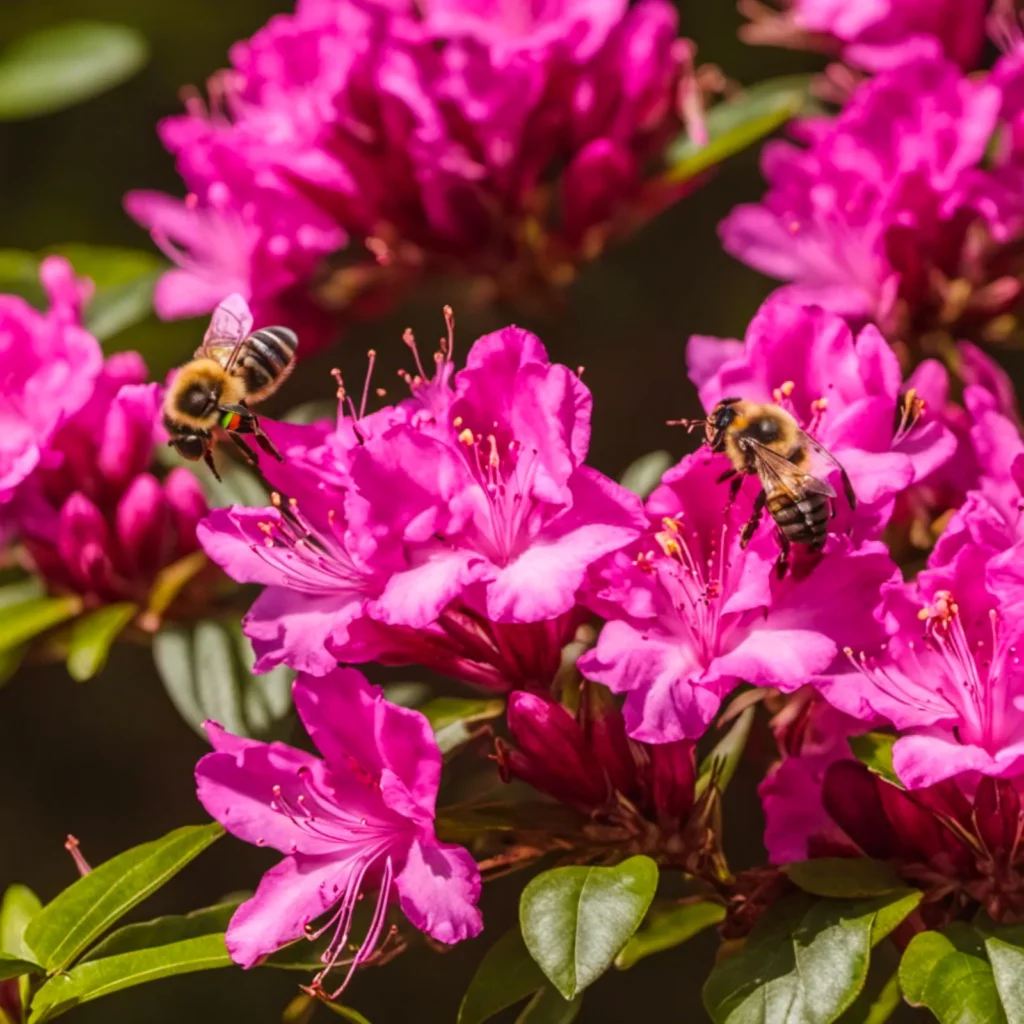
If you’re a beekeeper or simply love bees, you might be wondering whether rhododendrons are poisonous to bees. Well, the answer is not straightforward as it depends on several factors.
Firstly, it’s important to understand that not all rhododendron species are toxic to bees. For instance, the common rhododendron species,
Rhododendron ponticum, produces toxic nectar that can be harmful to bees. On the other hand, some rhododendron species produce nectar that is not toxic to bees.
Secondly, the toxicity of rhododendron nectar to bees depends on the species of bee in question. Some bee species are more tolerant of rhododendron toxins than others.
For example, the honeybee, which is the most common bee species used for commercial beekeeping, is relatively tolerant of rhododendron toxins. However, other bee species, such as bumblebees, can be more sensitive to rhododendron toxins.
Thirdly, the toxicity of rhododendron nectar to bees also depends on the amount of nectar consumed. Bees typically collect nectar from multiple flower sources, and the amount of nectar collected from a single rhododendron flower is usually small. Therefore, the risk of toxicity to bees is relatively low, even if the nectar is toxic.
However, it’s worth noting that large-scale monoculture plantations of toxic rhododendron species can be harmful to bees. In such plantations, bees may be exposed to high levels of toxic nectar, which can lead to significant harm.
Safe Handling and Planting
Rhododendrons are beautiful flowering plants that can add color and life to any garden. However, it’s important to remember that they contain toxic diterpenes in their flowers, leaves, fruits, and other parts of the plant. To prevent rhododendron poisoning, here are some tips for safely handling and planting them:
- Always wear gloves when handling rhododendrons to avoid skin irritation.
- If you have a history of allergies or sensitivities, be cautious when handling rhododendrons.
- Plant rhododendrons in a well-draining soil and avoid overwatering to prevent root rot.
- Keep rhododendrons away from living areas, such as patios or decks, as the pollen and nectar can be toxic if ingested. A safe distance is at least 15-20 feet away from living areas.
Educating Children and Pet Owners
It’s important to educate children and pet owners about the dangers of rhododendron poisoning. Here are some resources to help spread awareness:
- The ASPCA provides a list of toxic and non-toxic plants, including rhododendrons, that pet owners should be aware of. Share this resource with pet owners to help them identify potentially dangerous plants.
- Teach children not to touch or ingest any part of a rhododendron plant, and to always ask an adult before touching or eating any plant.
- If you have pets, keep an eye on them when they’re outside and discourage them from eating any plants. If you suspect your pet has ingested a toxic plant, contact your veterinarian immediately.
By following these tips and educating others about the dangers of rhododendron poisoning, you can enjoy the beauty of these plants without putting yourself or others at risk.
Frequently Asked Questions (FAQs)
If you’re considering adding rhododendrons to your garden, you may have some questions about their potential toxicity. Here are some frequently asked questions about rhododendrons and their poisonous properties.
What are the symptoms of rhododendron poisoning?
Rhododendron poisoning can cause a range of symptoms, including vomiting, diarrhea, abdominal pain, dizziness, weakness, sweating, and confusion. In severe cases, it can also lead to seizures, coma, and death. If you suspect that you or someone else has ingested rhododendron, seek medical attention right away.
Are azaleas poisonous to babies?
Yes, azaleas are poisonous to babies and young children. The flowers, leaves, and stems contain toxic substances that can cause vomiting, diarrhea, and other symptoms. If you have azaleas in your garden and young children in your home, it’s important to keep them out of reach and teach them not to touch or eat the plants.
Can you eat rhododendron flowers?
No, you should not eat rhododendron flowers or any other part of the plant. Rhododendrons contain grayanotoxins, which are highly toxic and can cause a range of symptoms, including vomiting, diarrhea, and even death. Even contact with the plant can cause skin irritation, so it’s important to wear gloves when handling rhododendrons.
Is rhododendron honey poisonous?
Rhododendron honey can be poisonous if the bees that produce it have been feeding on rhododendron nectar. The grayanotoxins in the nectar can be transferred to the honey, making it toxic if consumed in large quantities. If you’re unsure about the source of your honey, it’s best to avoid consuming it.
Conclusion
In summary, while rhododendrons are beautiful plants that can enhance the aesthetics of your garden, it is important to be aware of their poisonous nature. The grayanotoxin present in all parts of the plant can cause serious health problems if ingested, leading to symptoms such as vomiting, diarrhea, and difficulty breathing.
It is crucial to remember that rhododendrons are toxic to humans, pets, livestock, birds, and some insects. If you suspect that you or someone else has ingested rhododendron, seek medical attention immediately.
By taking these precautions, you can enjoy the beauty of rhododendrons while keeping yourself and others safe.



